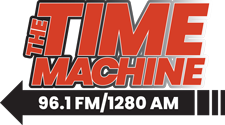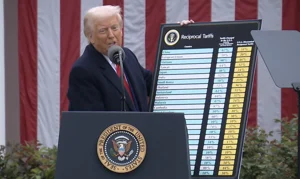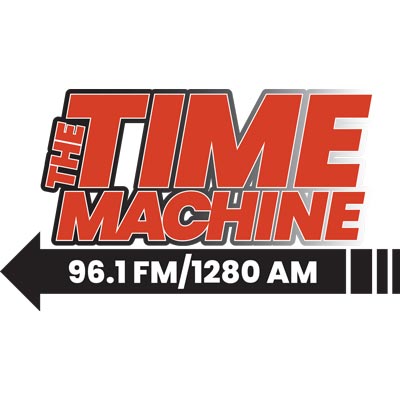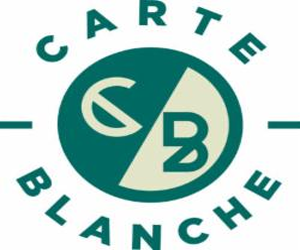President Donald Trump said Tuesday that he reached a trade deal with Indonesia as talks continue with other U.S. trading partners, including the European Union.
Trump announced the Indonesia deal with few details, as has been the case with other pacts reached in recent months. The president is trying to quickly reorder global trade through tariffs, which are import taxes.
Indonesia was one of more than two dozen countries that got warning letters from Trump last week. Trump’s letter to Indonesia President Prabowo Subianto threatened to impose a 32% tariff on the country’s exports to the U.S. unless they reached a new deal.
“This landmark Deal opens up Indonesia’s ENTIRE MARKET to the United States for the first time in History,” Trump wrote in a social media post. “As part of the Agreement, Indonesia has committed to purchasing $15 Billion Dollars in U.S. Energy, $4.5 Billion Dollars in American Agricultural Products, and 50 Boeing Jets, many of them 777’s.”
Trump said Indonesia would face a 19% tariff on all goods exported to the U.S. while the U.S. would pay nothing for access to the Indonesian market. Indonesia is an archipelago in Southeast Asia with more than 280 million people.
“If there is any Transshipment from a higher Tariff Country, then that Tariff will be added on to the Tariff that Indonesia is paying,” Trump said. “Thank you to the People of Indonesia for your friendship and commitment to balancing our Trade Deficit.”
U.S. goods trade with Indonesia totaled an estimated $38.3 billion in 2024. U.S. goods exports to Indonesia in 2024 were $10.2 billion. U.S. imports from Indonesia totaled $28.1 billion in 2024. The U.S. goods trade deficit with Indonesia was $17.9 billion in 2024, according to the U.S. Trade Representative.
After announcing the deal with Indonesia, Trump didn’t seem concerned about the new Aug. 1 trade deadline he set last week.
The president said discussions continued with the EU, a 27-nation bloc that has frustrated the administration. On Monday, EU leaders rolled out the bloc’s planned tariff response. Should Trump impose 30% tariffs on EU imports, the EU plans to respond with tariffs on U.S. aircraft, alcohol, medical supplies and other products.
“We are talking with the EU, and we’re making progress,” Trump told reporters Tuesday. “But look, you know, we already have a deal with the EU. It’s called the letter that was sent out. I think it was 30%. That’s the EU.”
Trump also didn’t appear concerned about EU retaliation.
“I don’t know how they can retaliate, you know,” the president said. “They made a lot of money. They’ve treated us very badly, but now they’re treating us very nicely. I think everybody’s going to be happy with the EU.”
Last month, an appeals court ruled Trump’s “Liberation Day” tariffs could remain in place while a legal challenge over his authority to impose import taxes continues.
That came after the administration appealed when a three-judge panel of the U.S. Court of International Trade unanimously ruled in May that Congress did not give the president tariff authority under the International Emergency Economic Powers Act of 1977. The appeals court ruling means Trump can continue collecting the taxes while the legal challenge moves ahead.
Economists, businesses and some publicly traded companies have warned that tariffs could raise prices on a wide range of consumer products.
Trump has said he wants to use tariffs to restore manufacturing jobs lost to lower-wage countries in decades past, shift the tax burden away from U.S. families, and pay down the national debt.
A tariff is a tax on imported goods paid by the person or company that imports the goods. The importer can absorb the cost of the tariffs or try to pass the cost on to consumers through higher prices.
Tariffs are often used to encourage domestic purchases by making the price of imported products unpalatable.






